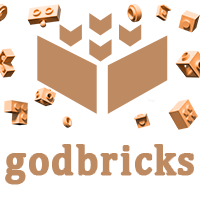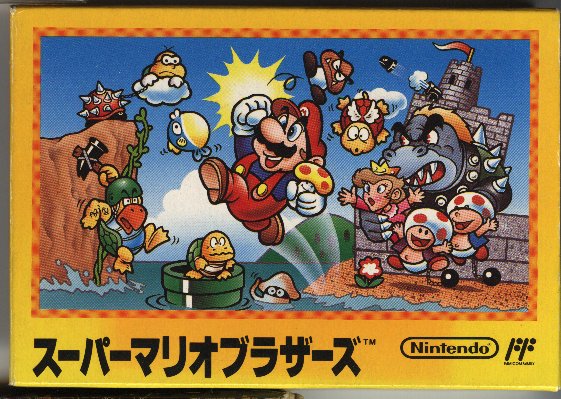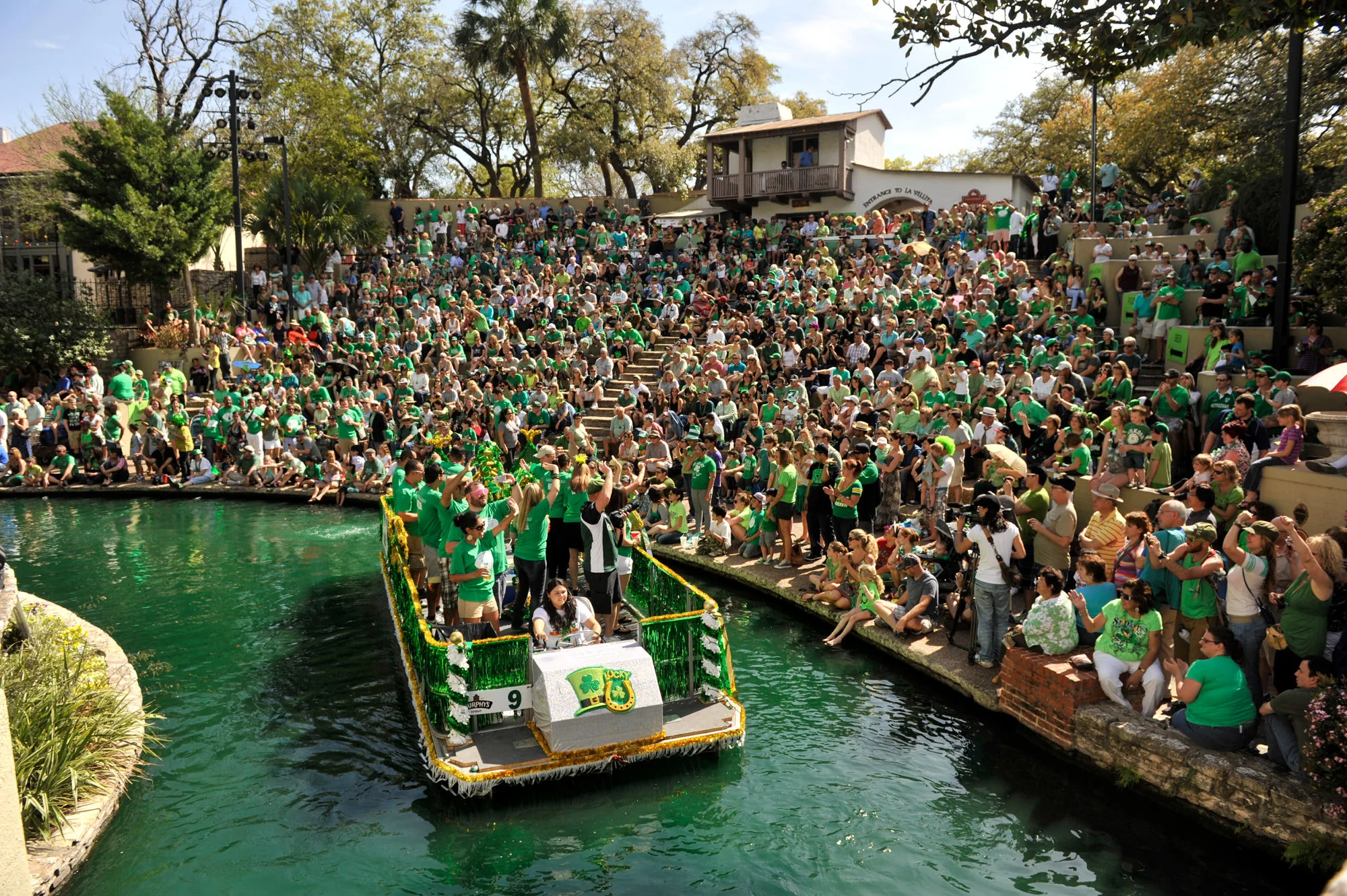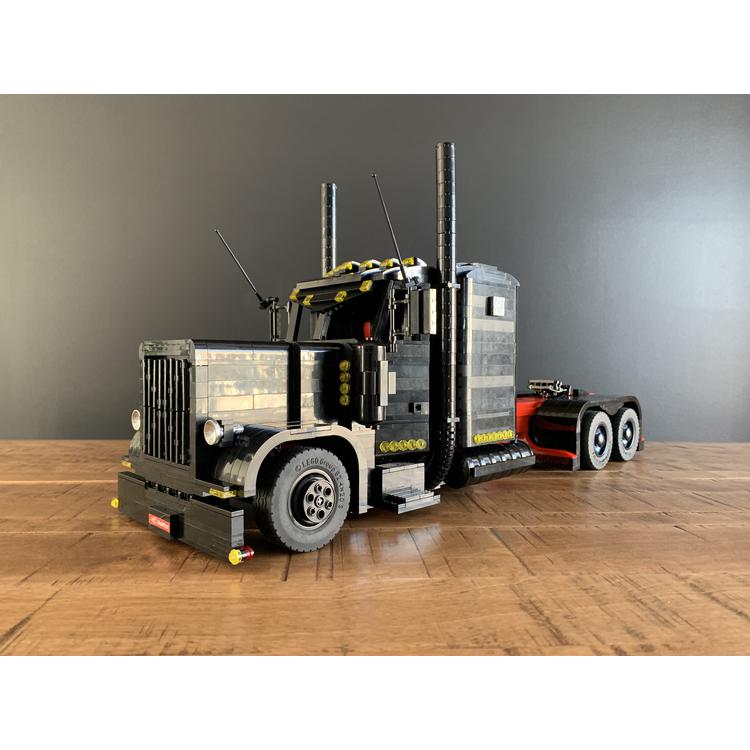
Being a MOC model means that it is constructed entirely out of bricks and is designed to be assembled and displayed as a three-dimensional object. MOC models can be based on anything from real-life objects like cars and buildings to fictional creatures like the Hoonipigasus. They can range in size from small, simple designs to large, complex structures, and can be customized and modified in countless ways to reflect the builder's creativity and personal style.

The Hoonipigasus is a prime example of what can be achieved with bricks and a vivid imagination. Its unique design and construction have captured the attention of LEGO enthusiasts and fans of fantasy creatures alike. With its detailed features and innovative design, the Hoonipigasus has become a beloved addition to the LEGO community and a shining example of the limitless potential of LEGO building.
While the Hoonipigasus is a playful and fun creation, it is also associated with a somber memory. The inspiration for the Hoonipigasus comes from Ken Block, a professional rally driver who is known for his daring and impressive driving skills. Block's nickname is "Hoonigan," a term he coined to describe his reckless and bold driving style.

Tragically, in 2021, Ken Block's friend and co-driver Alex Gelsomino died in a snowmobile accident.
The accident was a devastating blow to Block and the rally driving community, and it serves as a reminder of the risks and dangers that come with pushing boundaries and living life to the fullest.

The Hoonipigasus serves as a tribute to Ken Block's iconic driving style and the spirit of adventure that he embodies. While the loss of Alex Gelsomino is a tragedy, the Hoonipigasus is a celebration of the joy and excitement that Block and Gelsomino brought to the rally driving world, and a testament to their enduring legacy.

The Hoonipigasus design and construction process began with the inspiration from Ken Block's Hoonicorn V2, a custom-built 1965 Mustang with over 1,400 horsepower. The builder wanted to create a unique and imaginative creature that embodied the power and speed of the Hoonicorn while adding a mythical twist to the design.
To construct the Hoonipigasus, the builder used LEGO bricks, including specialized pieces such as ball joints, gears, and axles, to create the body, wings, and legs of the creature. The builder aimed to keep the bodywork as simple as possible, with no complex orientations of the panels to ensure a clean and appealing design.

One of the significant challenges faced during the construction process was the suspension system. The builder wanted to replicate the F1-type suspension of the Hoonicorn while ensuring that the ball joints worked in compression rather than traction to prevent them from being taken apart. This proved to be a challenging task, given the limited space available at the scale of the model. After many hours of experimentation and problem-solving, the builder came up with a satisfying mechanism that met the desired suspension system's requirements.
Another challenge faced during construction was ensuring that the wheels could be steered using the Hand of God (HOG) or directly using the steering wheel. However, this led to a minor defect where the gears of the transmission could slightly touch a bush, producing some noise when the car was moved backward using the HOG. Although this could easily be fixed by removing the HOG, the builder opted to keep it due to its benefits, which outweighed the cons.

In conclusion, the Hoonipigasus was a labor of love and creativity that required careful planning, problem-solving, and attention to detail. The use of specialized LEGO pieces, combined with the builder's imagination, resulted in a unique and impressive creation that stands out in the LEGO community.
Anto is a talented designer who has gained recognition in the LEGO community for his impressive creations. One of his most notable designs is the Hoonipigasus, a custom LEGO model of the famous 1970 Ford Mustang used by rally driver Ken Block. Anto's attention to detail and skillful use of LEGO pieces make his designs stand out from the crowd. You can see more of Anto's creations on his Instagram page, where he shares his latest builds and provides insights into his design process. His impressive work has earned him a strong following among LEGO enthusiasts, and his designs continue to inspire and impress others in the community.
As far as I know, LEGO does not sell custom models or MOCs (My Own Creations) on their official website. They only sell official LEGO sets and products.
Regarding the Hoonipigasus MOC, it is not available for purchase on the LEGO website. However, you can find the instructions and parts list for the model on Rebrickable, a website that hosts a database of user-submitted LEGO MOCs. From there, you can purchase the necessary LEGO pieces from various online retailers or from your own LEGO collection.
If you are interested in purchasing a pre-built Hoonipigasus model, you may be able to find one for sale on websites such as eBay or Bricklink. However, please note that these models are not produced or endorsed by LEGO, and their quality may vary.
Godbricks is a LEGO-compatible third-party building brick manufacturer. They primarily sell building bricks that are compatible with LEGO pieces.
















